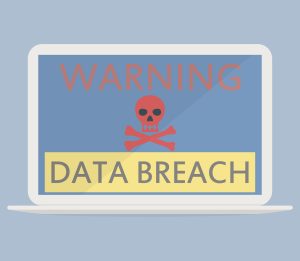An often-overlooked threat to enterprises across the UK, phishing attacks can have serious consequences when they ensnare victims. Many companies believe these malicious messages to be fairly innocuous and are under the false impression that they represent little risk. While it’s true that some phishing emails are so badly written and poorly crafted that no recipient would ever be fooled by their content, this is not always the case.
The latest phishing tactics employ social engineering, spoofed addresses, replicas of company email templates, links to verified partner pages and content with correct grammar and spelling, which is even written in the same style used by the sources they impersonate.
The damage from a phishing attack can be devastating. Malicious attachments downloaded by victims can fill devices with lethal software capable of spying on users, encrypting company files or spreading to other interconnected devices. If followed, embedded links in these emails can see users sent to phishing websites that appear to be authentic log-in pages. Mistakenly, they enter their company credentials, which are then harvested by hackers. The cybercriminals can then use them to easily enter a company network and view any confidential material the user has privileges for.
How do you spot a phishing email?
Reading that phishing techniques are becoming so advanced, you may think they are now impossible to spot, but you’ll find there are still signs that give them away. Look at the sender of a suspicious email and make sure it matches the domain name. Always look closely at the domain name and make sure it is spelt correctly – you can verify an organisation’s domain name by checking it online.
The tone of an email can also indicate it is a phishing message. Urgent calls to action that threaten unpleasant consequences are used by threat operators to throw recipients off balance and make them act rashly, clicking on links or downloading attachments to avoid getting into trouble with their bank or even the government.
What steps can you take to mitigate phishing threats?
Educating your employees to spot phishing emails with regular tests that improve their awareness and identification abilities is a wise move. Make sure you include all company personnel in tests, as upper management and director roles are key targets for phishing campaigns, as these positions come equipped with higher permissions. When harvested by threat operators, they enable access to far more sensitive information.
All staff members should be well-educated on the proper action to take when receiving a phishing email. They must understand the importance of never clicking on links and attachments, and they should be aware of the clear line of reporting established by your firm’s security protocols.
How can Galaxkey help?
We have developed a secure workspace that provides enterprise professionals with a robust set of security tools that are easy to employ. From cutting-edge encryption to verification and authentication features, you can keep a close eye on any communications sent and received within your system. Contact our expert team today for assistance and for a free, 14-day trial.



